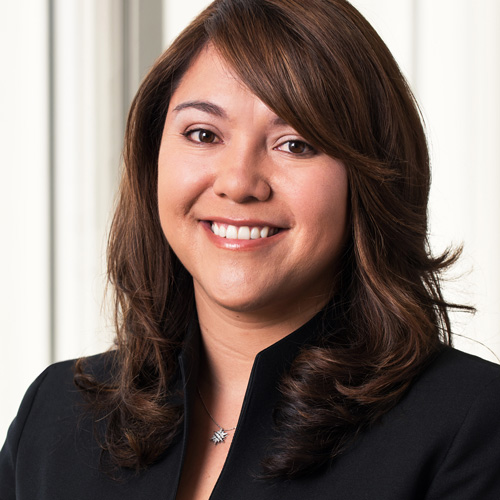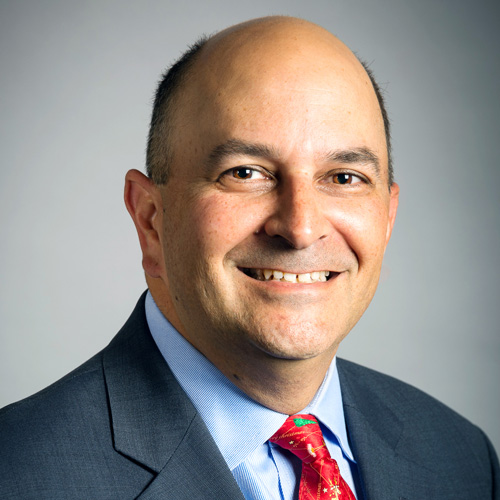When José R. Sánchez was first featured in Hispanic Executive, his story was one story of redemption for Norwegian American Hospital. He reflected on taking over in 2010 as the only Latino hospital CEO in Illinois and immediately facing the challenges of crawling out of a financial hole, repairing a bad reputation for poor quality of care, and restoring the faith of Chicago’s Humboldt Park community. As a licensed clinical social worker with over thirty years of experience as a healthcare executive, Sánchez talked about rolling up his sleeves and putting his knack for strategy to work.
Back in 2010, Sánchez was primarily focused on Norwegian American’s survival, and he created five strategic pillars to guide the organization as they began to turn the ship around. The first was securing financial stability to provide consistent quality across the board. Second was growing the business by building meaningful partnerships with professionals, network providers, and internal management teams. The third was engaging physicians in the process of enhancing quality. Fourth was taking advantage of incentives through the Affordable Care Act to improve technology and implement an electronic records system. The fifth and most important pillar has been a central focus of Sánchez’s work throughout his career: making a difference in the community by addressing its most prominent health needs.
“My priority was to meet the needs of our community and provide the best care for our patients,” Sánchez says. “The level of health was declining in Humboldt Park, and I knew that the hospital had to be proactive, embrace the community, and form relationships that go beyond health organizations and create true partnerships.”
Six years later, Norwegian American Hospital has officially shifted out of survival mode and has reached an established level of stability. The books have closed in the black every year since 2011. The hospital has increased the number of providers and recruited physicians with a broad range of specialties. Its quality rating by oversight agencies has improved by more than 200 percent, thanks in large part to the successful suggestions and engagement of physicians. In 2015, Norwegian American was awarded the 2015 Patient Safety in Excellence Award from Healthgrades, an honor given to only about 10 percent of hospitals in the country. The hospital is now fully electronic and able to support future technology as it comes. The hospital’s investment in the community has earned Norwegian American Hospital new partnerships and restored the trust of residents.
“We are at a crossroads in healthcare, the future is uncertain, and there are many challenging steps in front of us. But we must embrace the change and keep moving in a positive direction.”
In 2016, Norwegian American Hospital’s relationships expanded tremendously. Partnerships with local faith-based organizations have opened doors to raise awareness of specific health needs in the community, and thanks to a new relationship with local schools, high school students are gaining exposure to the healthcare industry through internships at the hospital. New relationships with other healthcare centers have resulted in a women’s health facility and an emergency care facility at the hospital itself.
Personally, Sánchez has been active in establishing Norwegian American’s presence in the community by advocating for policy reform. He serves on the board of the Illinois Hospital Association, where he is the only Latino director. He also sits on the Region 5 Policy Board of the American Hospital Association.
Sánchez is dedicated to creating a face for the hospitals in Chicago that can be recognized across the nation.
“In 2016, Norwegian American Hospital strengthened services, expanded partnerships, improved patient experience, and contained costs,” Sánchez says. “Our success recipe is in teamwork. Together, highly trained medical staff, well-informed hospital staff, and most importantly, our hospital board strive for better. Providing affordable healthcare is our mission, and it has been since the inception of Norwegian American Hospital in 1894.”
Even as he celebrates improvements, Sánchez is not content to linger on success and risk losing sight of the future. “We care about much more than just healthcare,” he says, explaining that Norwegian American Hospital, in partnership with the Veterans Administration and the Hispanic Housing Development Corporation (HHDC), broke ground on a $20 million veteran’s housing project across the street from the hospital two years ago. It was designed as a residence for homeless veterans, complete with a unique healthcare component offering training and PTSD treatment. “The hospital’s board of directors donated the land, and the HHDC worked with us to get funding,” Sánchez says. “We were able to leverage our resources and influence to make it happen.”
The grand opening was in August 2016, and the building is already filling up with residents. “We created a provision here for a set-aside way of receiving and working with veterans,” Sánchez says. “We’re very proud to be a part of this specialized intermediate level of care.”
On the horizon for Norwegian American is the development of a full master plan. “The hospital plays a vital role in the economic stability and growth of this community,” Sánchez says. “Norwegian recognizes that health is more than simply treating patients who come through our doors. We want to adopt an ‘anchor mission’ that can help build not only a more healthy, but also a more prosperous community.”
The hospital’s leadership team has invited developers from the Neighborhood Capital Institute to explore how to best use their resources. The two organizations have joined forces in an effort to solidify Norwegian American as an anchor for community development and growth, and together they’ve selected JGMA architecture firm in Chicago to do so. They are now approaching philanthropic organizations to raise funds for a community study to explore what residents would most like to see in their neighborhood.
“Economic growth is significantly less likely without a strong healthcare sector,” Sánchez says. “We have the synergy of gentrification in the community, and we want to partner with the community; it’s an extremely exciting time.”
“Norwegian recognizes that health is more than simply treating patients who come through our doors. We want to adopt an ‘anchor mission’ that can help build not only a more healthy, but also a more prosperous community.”
At the time of his May 2015 interview for Hispanic Executive, Sánchez was celebrating the great strides Norwegian American had made away from the edge of bankruptcy. He painted a hopeful picture of its future, full of ambitious goals and exciting plans, as well as a clear strategy for how to get there. But Sánchez also left readers with a bit of a cliffhanger, closing by discussing the ever-changing state of healthcare, its delivery and funding, and the corresponding uncertainty for both providers and patients.
After two consecutive years without an approved state budget in Illinois, Sánchez still has concerns heading into 2017—Medicaid, which provides 75 percent of Norwegian American’s funding, is scheduled to be cut this year. “We are at a crossroads in healthcare, the future is uncertain, and there are many challenging steps in front of us,” he says. “But we must embrace the change and keep moving in a positive direction.”
Even as he approaches another cliffhanger in the new year, Sánchez is not without hope and certainly not without a plan. He is determined to continue improving not only Norwegian American Hospital but also the healthcare system in general—especially the health of Humboldt Park residents. How?
“We will focus on sustainability and leverage the gains we’ve made,” he says. “We will create growth for our organization. We will shape policies that address the needs of the people that make up our community. We will commit to understanding the politics of healthcare and bringing our influence to Washington. We will continue to find funding solutions for the programs that have been subsidizing Norwegian American Hospital. And we will do all of this so that we can continue to provide the highest quality of care for the most vulnerable members of our community.”

